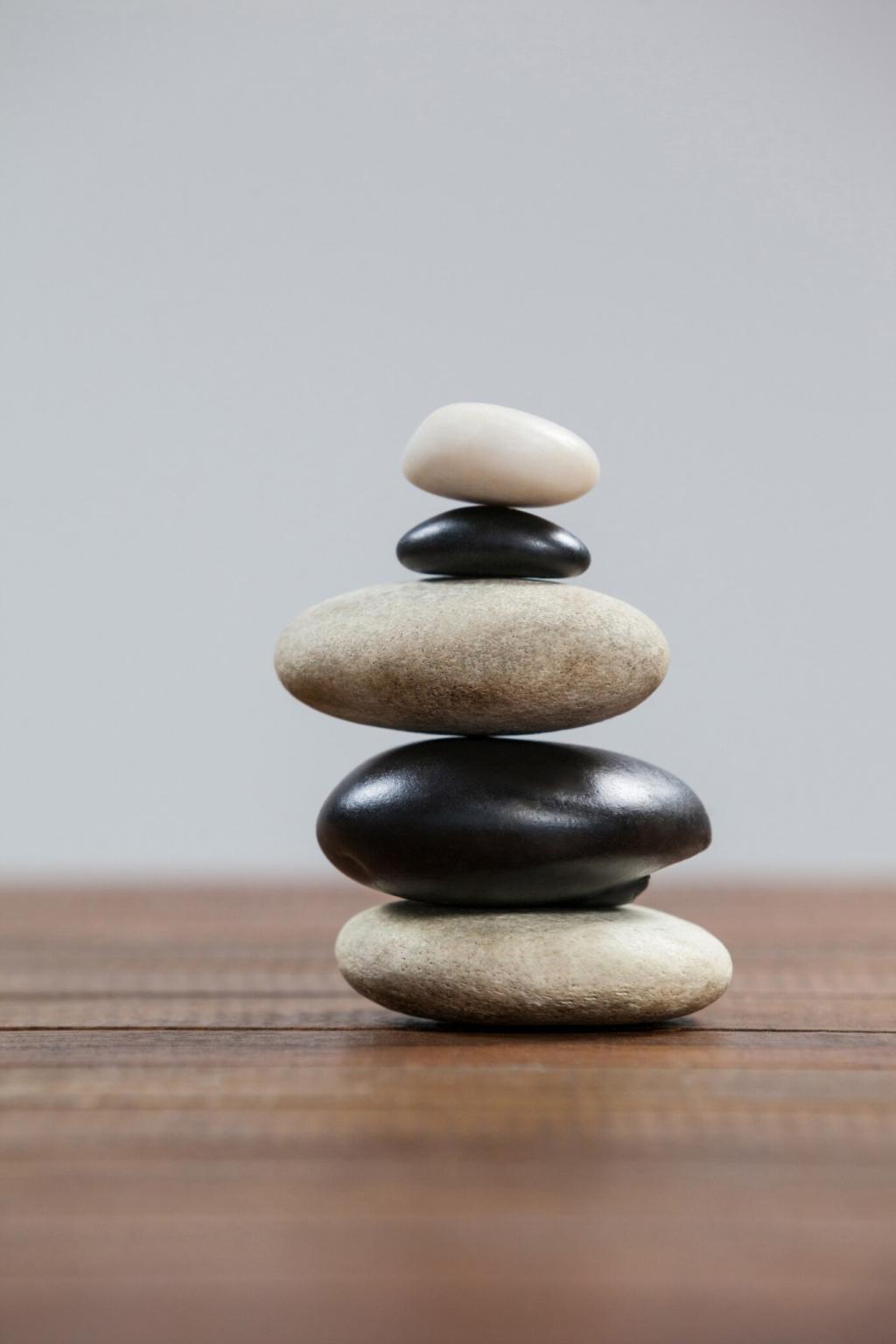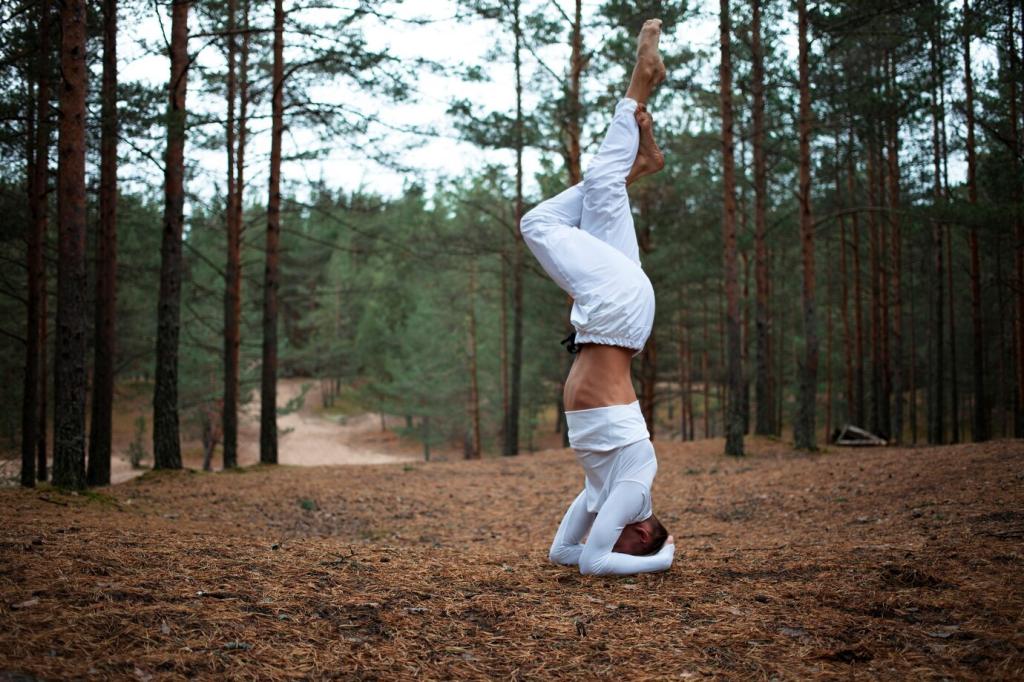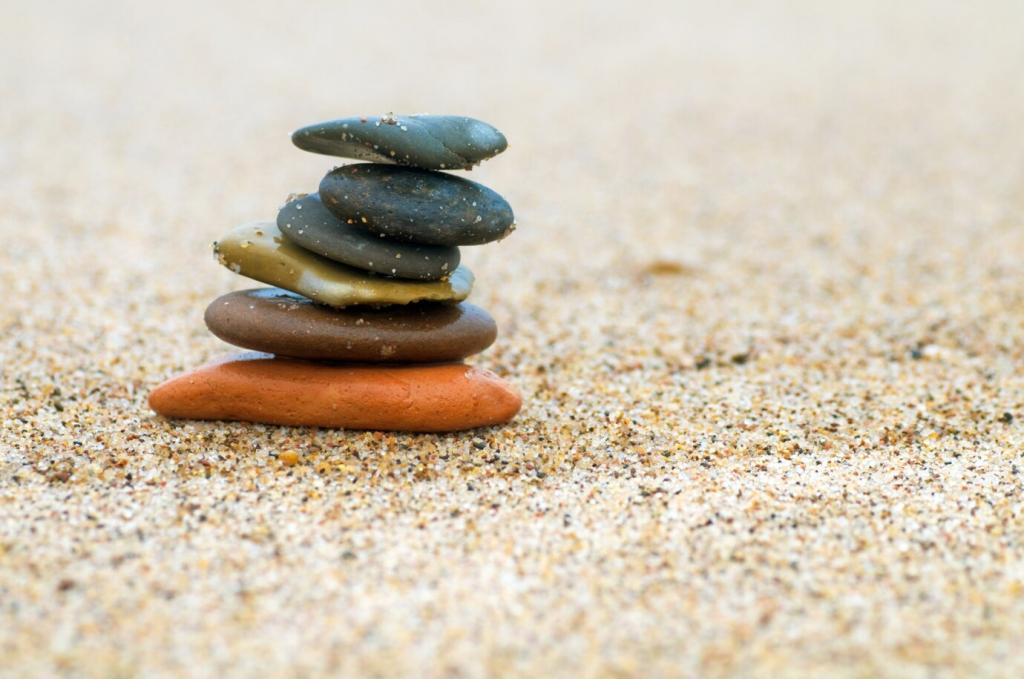
Art Therapy for Emotional Expression: Create, Feel, Heal
Chosen theme: Art Therapy for Emotional Expression. Welcome to a space where paint, paper, and clay become a language for feelings that resist words. Stay, explore, and share—your story matters, and your creativity is already enough.
Why Art Therapy Unlocks Emotions
When you make art, sensory and emotional regions of the brain collaborate, easing hyperarousal and making space for clarity. Studies suggest bilateral movements and rhythmic marks can reduce stress, while color choices mirror shifting emotional states.

Materials and Methods that Speak Your Feelings
Let water carry your feelings across paper. Watch pigments drift, overlap, and bloom into unexpected shapes. Resist controlling every edge. Notice which colors tend to blend and which separate. Comment about surprising moments, and follow for technique variations.
Materials and Methods that Speak Your Feelings
Kneading clay engages your hands and breath, offering immediate feedback. Press, pinch, roll, and reshape worries into something you can hold. If big feelings rise, pause and exhale. Post a photo of textures you created and why they felt supportive.


Safe Spaces: Setting Boundaries for Emotional Creation
Rituals to Begin and End
Light a candle, set a fifteen-minute timer, and choose a playlist that matches your current mood. End by labeling the date, three emotions, and one word of gratitude. Share your opening ritual below to inspire someone starting today.
Consent with Yourself
Ask your body for permission before exploring a difficult memory. If it says no, choose gentler prompts. Consent can look like changing colors, switching materials, or pausing. Tell us how you honored a boundary and what shifted in your process.
Aftercare: What to Do with Heavy Art
Decide whether to display, store, or release your piece. Wrap heavy pages in tissue, or photograph and recycle to symbolize letting go. Hydrate, stretch, and journal three lines. Consider professional support if emotions feel overwhelming, and subscribe for resources.
Stories from the Studio
A Teen Finds Words Through Lines
He started with anxious cross-hatching, gripping the pen too tight. Over weeks, his lines softened, turning into waves and paths. Eventually he wrote a few sentences on the margins. He whispered, “This is how my worry sounds when it’s kinder.”


A Caregiver Rewrites Burnout
She collaged torn calendars and tea-stained paper, marking each corner with tiny pauses she never took. The finished piece became a map of caregiving and self-forgetting. She now schedules mini-creative breaks. Comment if you relate and want burnout-friendly prompts.
Guided Prompts to Express What Words Miss
If your mood were today’s sky, what colors and shapes would appear? Smudges for fog, dots for drizzle, streaks for wind. Note shifts mid-drawing. Post your weather art and one sentence describing what surprised you most during the exercise.
Guided Prompts to Express What Words Miss
Write a short letter to anger, grief, or joy. Then draw an envelope that safely contains it. Add symbols that represent boundaries and care. If helpful, respond as the feeling. Comment if this dialog offered clarity, and follow for new prompts.



Measuring Growth without Killing Joy
Instead of counting pieces, track three daily sensations—tension, ease, and energy. Compare drawings weekly. Many readers report noticing softer colors and roomier compositions first. Share your observations, and subscribe to get a printable check-in tracker.
